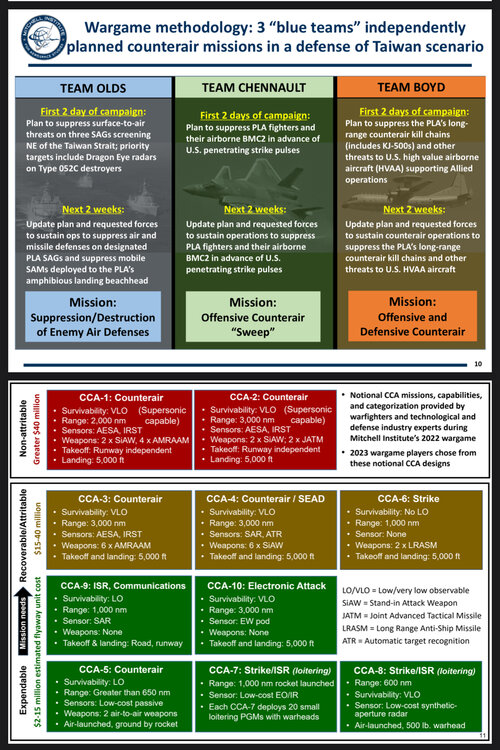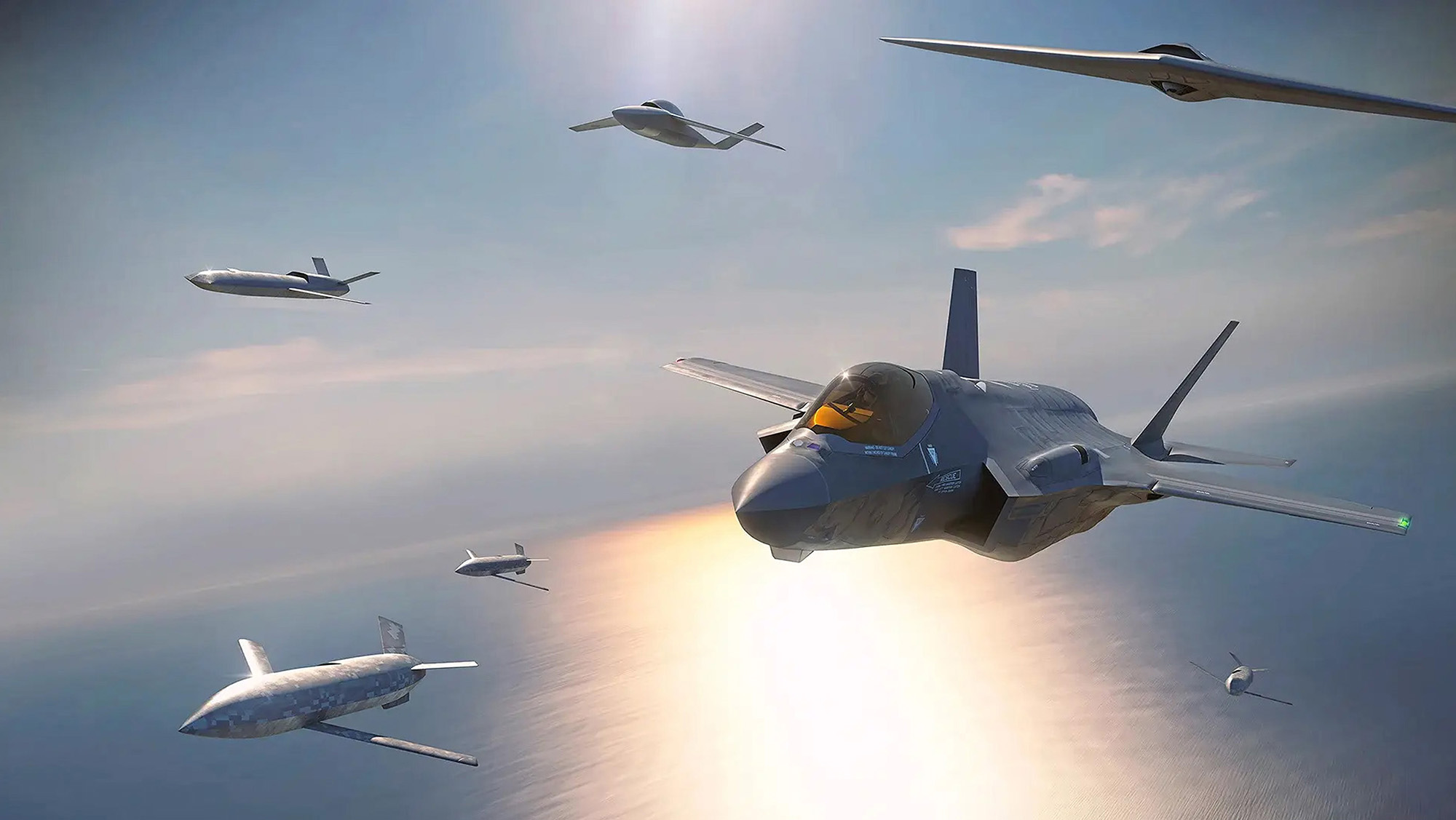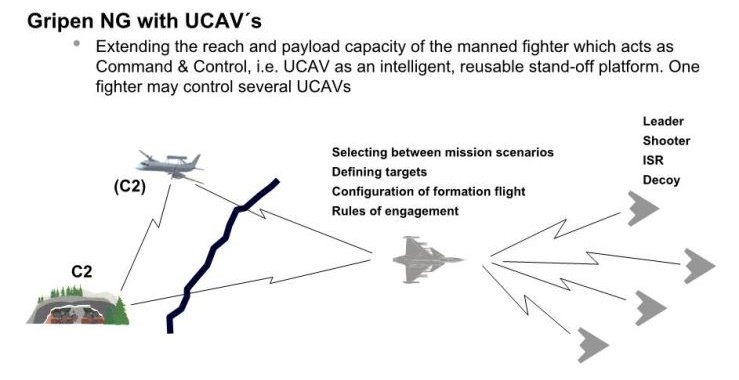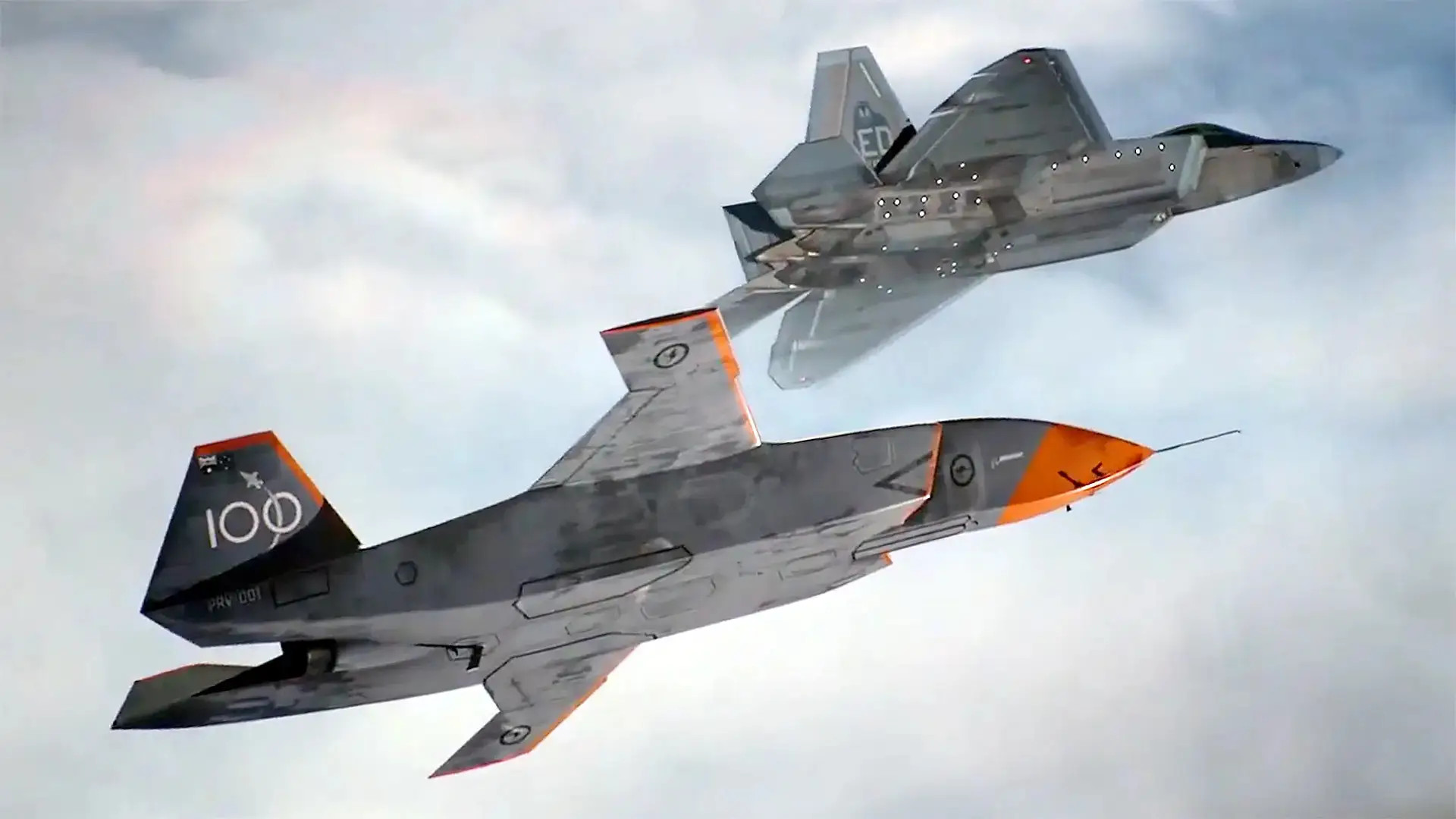
valkstrat.com
" Last summer I was asked by the Air Force Association’s Mitchell Institute to participate in a two-day CCA wargame and write up the body of the report,
which was published on Tuesday together with
a video presentation. It was a fascinating exercise.
About 60 participants from AFA, the Air Force, industry and academia were involved, divided into five groups. Three Blue teams represented US forces, with different detail tasks but the same operational objective: to prevent People’s Liberation Army forces from securing and holding air superiority over the South China Sea. A Red Team cell deployed the PLA forces and reacted to the attackers’ first day move, and a White Team kept score. AFA staff provided Panera sarnies, manhole-cover-size cookies, coffee and sodas to keep us alert for surprise moves by the enemy. "
Some interesting points:
" They were used both independently and in joint operations with manned aircraft – but that did not mean in formation with them,
just within line-of-sight, the distinction being that LOS directional point-to-point links are hard to jam. "
" Two capabilities in particular were expected to cause heavy losses for a conventional mixed-force air attack. One was the PLA-N’s surface action groups (SAGs), in this case not carrier-centric but acting as
mobile, area-denying anti-air-warfare (AAW) assets. The other was
the combination of KJ-500 airborne early warning and control (AEW&C) aircraft with PL-17 long-range air-to-air missiles launched from J-11-family fighters. "
" Because these systems-of-systems operate on or over the open ocean, they present
a multi-axis threat to aircraft entering the area, unlike the linear array of the land-based Soviet-style integrated air defense system (IADS) that people spent the last five decades worrying about, and that low-observable designs with “bow-tie” signatures were intended to defeat. "
" By increasing autonomy further, the unmanned system could process and act on RoEs without human intervention and with as much reliability as a guided missile.
We routinely launch missiles against things we can’t see, and don’t require them to check in before impact, one argument went – what is so different about a CCA? And when the balance of forces otherwise seemed unfavorable, or
Red’s comms jamming was working too well, letting the robots off the leash was an effective option. "
"
Sensors to deliver reliable target classification and identification are more costly, but the answer there may be modularity – not every vehicle need carry a full suite as long as LOS communication among the CCA formation is reliable. Also, a small and attritable vehicle can be sent close to the defenses to discriminate and identify priority targets. "








